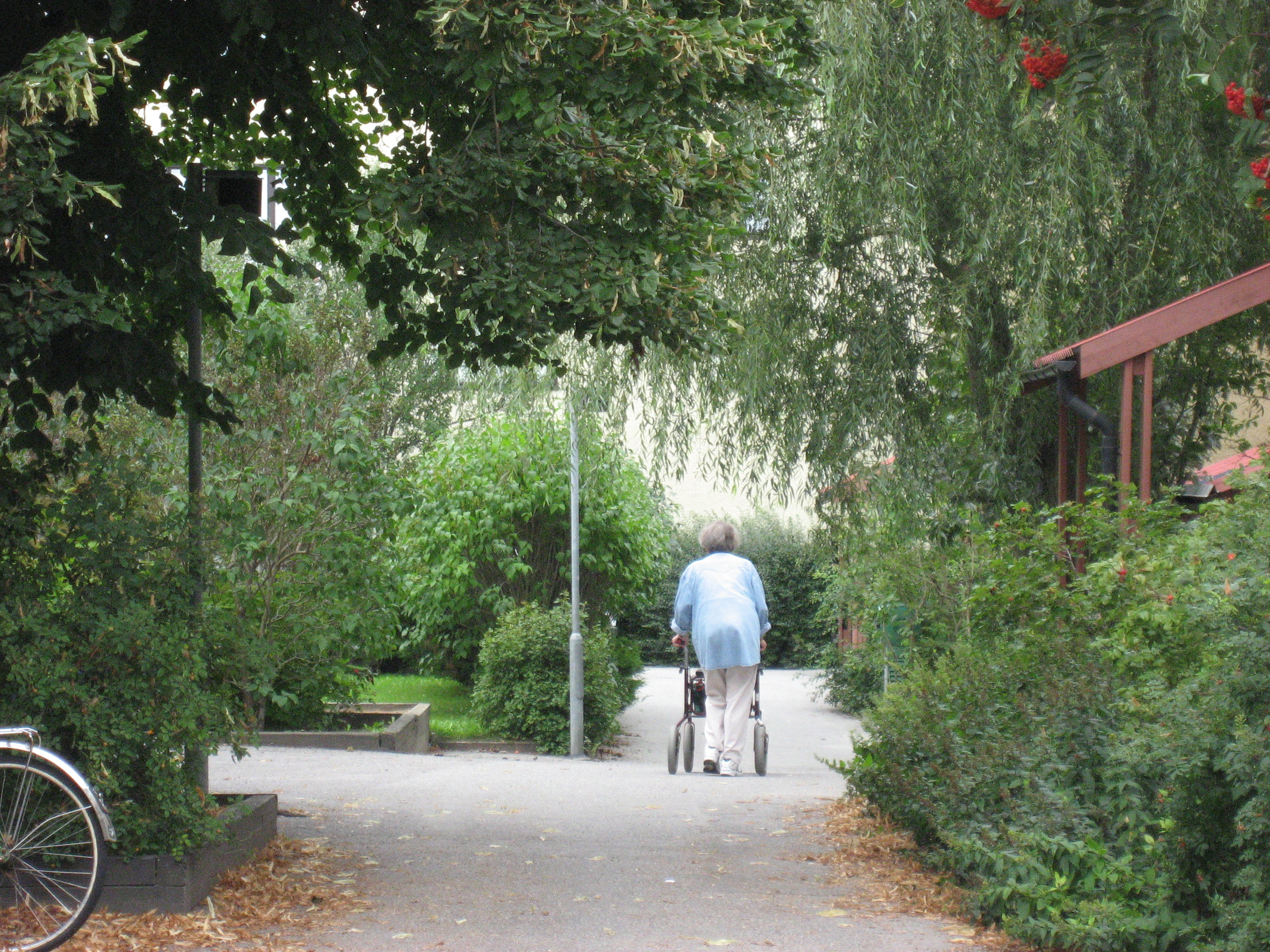Mobility and Universal Design






The mobility of many people, especially those with physical disabilities, is affected by the condition of pedestrian infrastructure in public spaces and in the design of building structures. Universal design is an approach to designing features in the built environment to be functional for people of all ages and abilities. Whether a ramp instead of stairs, or countertops at a height accessible for persons in wheelchairs, universal design reduces physical barriers in buildings and public spaces. Although it is implied that universal design concepts will foster increased mobility and opportunities for physical activity, research indicates that universal design features in the environment alone may not be enough. The HAPI research brief summarizes the most recent literature on the connections between mobility, universal design and place.
Health and Places Initiative (HAPI) Research Brief
Mobility, Universal Design, Health, and Place [PDF]
External Resources
Click here to view a list of external resources on mobility and universal design




